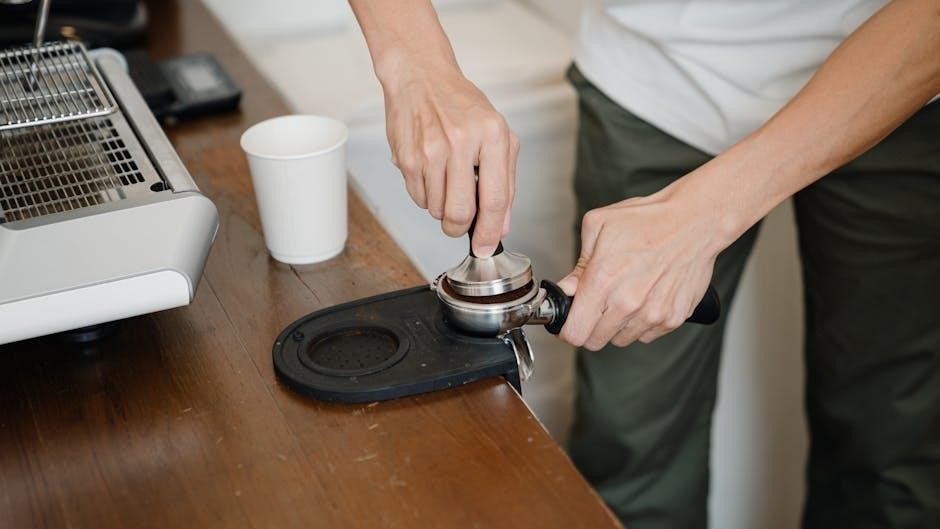
Krups Espresso Machine Manual: A Comprehensive Guide
Welcome to the ultimate guide for your Krups espresso machine! This comprehensive resource will walk you through everything from initial setup to advanced customization, ensuring you get the most out of your machine․ Learn how to brew perfect espresso!
Understanding Your Krups Espresso Machine
Before diving into the specifics, it’s crucial to grasp the fundamental aspects of your Krups espresso machine․ Krups offers a diverse range of espresso machines, each designed with unique features and functionalities․ Familiarizing yourself with your specific model is the first step towards mastering its operation․ This section will cover the core components common to most Krups espresso machines, including the water tank, coffee bean container, grinder, brewing unit, and control panel․
Understanding these components and their roles is essential for effective troubleshooting and maintenance․ For example, knowing the location of the water hardness adjustment knob or the coffee grounds collector can save you time and frustration․ Whether you own a fully automatic model like the EA810840 or a more manual machine, a solid understanding of the machine’s anatomy will empower you to brew consistently delicious espresso․
Explore the user manual for specific details about your model, and remember that regular cleaning and maintenance are key to prolonging the life of your machine and ensuring optimal performance․
Locating and Accessing the Manual
The first and most important step in mastering your Krups espresso machine is locating and accessing its user manual․ This document contains vital information about your specific model, including detailed instructions, safety guidelines, troubleshooting tips, and maintenance procedures․ If you’ve misplaced the physical manual, don’t worry! Krups provides digital versions of their manuals on their website, krupsusa․com, and krups․co․uk․
Simply navigate to the “Instructions for Use” section and search for your model number․ The model number is typically found on a sticker located on the bottom or back of the machine․ Once you’ve found the manual, you can download it as a PDF file for easy access on your computer, tablet, or smartphone․ Reviewing the manual thoroughly is crucial before operating your espresso machine․ Pay close attention to the safety precautions and recommended operating procedures to ensure safe and optimal use․
The manual also contains valuable information about water hardness settings, descaling procedures, and cleaning instructions, all of which are essential for maintaining your machine’s performance and longevity․
Initial Setup and First Use
Before brewing your first espresso, proper initial setup is crucial for optimal performance and longevity of your Krups machine․ Begin by unpacking all components and verifying that all parts are present․ Rinse the water tank, drip tray, and coffee grounds container with warm, soapy water and allow them to air dry․ Next, fill the water tank with fresh, filtered water, ensuring not to exceed the maximum fill line․
If your model uses a water filter, install it according to the manual’s instructions․ This is very important! Prime the filter by running water through it before inserting it into the tank․ For first use, it’s recommended to run a rinsing cycle without coffee to clean the internal components․ Refer to your manual for specific instructions on initiating the rinsing cycle․ Calibrate the water hardness level according to your local water supply, using the test strip provided․ This calibration ensures accurate descaling alerts․
Finally, add your favorite coffee beans to the bean container․ Now your Krups espresso machine is primed and ready for brewing your first delicious espresso!
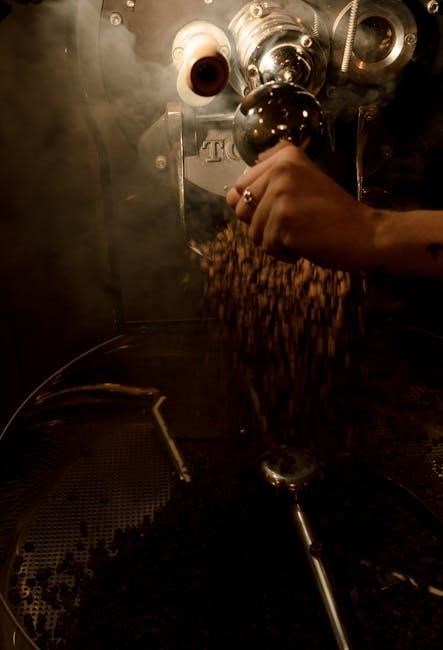
Daily Operation and Coffee Brewing
Mastering the daily operation of your Krups espresso machine ensures a consistent and delightful coffee experience․ Always start by ensuring the water tank is filled with fresh, filtered water․ Check that the coffee bean container has an adequate supply of your preferred beans․ Adjust the grind size based on your coffee type – finer grinds are best for espresso, while coarser grinds are suitable for lungo․ Remember: oily or flavored coffee can affect the performance of your machine․
To brew, select your desired cup size (single or double espresso) using the control panel․ For models with programmable settings, customize the coffee strength and water volume to your taste․ Pre-heat your cup by rinsing it with hot water to avoid temperature shock․ Place the cup under the dispensing nozzle and initiate the brewing process․ If your model has a milk frother, use it to create lattes or cappuccinos after brewing your espresso․
After each use, promptly remove the coffee grounds container and discard the used grounds․ Rinse the brewing unit regularly to maintain optimal hygiene․ Enjoy your freshly brewed coffee!
Cleaning and Maintenance Procedures
Regular cleaning and maintenance are crucial to extending the lifespan and performance of your Krups espresso machine․ Begin by emptying the drip tray daily, rinsing it with hot water and allowing it to air dry․ Similarly, clean the coffee grounds container daily to prevent buildup that can affect the machine’s hygiene․ Wipe down the exterior of the machine with a damp cloth to remove any coffee splatters or residue․ The water tank should also be cleaned daily with warm water․
Periodically clean the brewing unit according to the manufacturer’s instructions․ Some models have automatic cleaning programs, so refer to your manual․ For models without automatic cleaning, manually rinse the brewing unit with warm water․ Descaling is an essential part of maintenance; follow descaling instructions when the machine alerts you․ Use a descaling solution specifically designed for espresso machines to avoid damaging internal components․
Always unplug the machine before cleaning and ensure all parts are completely dry before reassembling․ Regular maintenance ensures your machine will provide delicious coffee for years!
Descaling Your Krups Espresso Machine
Descaling is a vital maintenance task for your Krups espresso machine, as it removes mineral buildup that can affect performance and longevity․ Limescale accumulation is a natural process, especially with hard water․ Your machine will typically alert you when descaling is necessary, based on water hardness settings and usage patterns․ It’s crucial to descale only when prompted, as premature descaling can harm components․
Always follow the instructions in your user manual for the correct descaling procedure, as methods vary by model․ Use a descaling solution specifically designed for espresso machines; Krups may offer a recommended product․ The process usually involves mixing the descaling solution with water, running it through the machine, and then rinsing thoroughly with fresh water․ This removes scale without damaging sensitive parts․
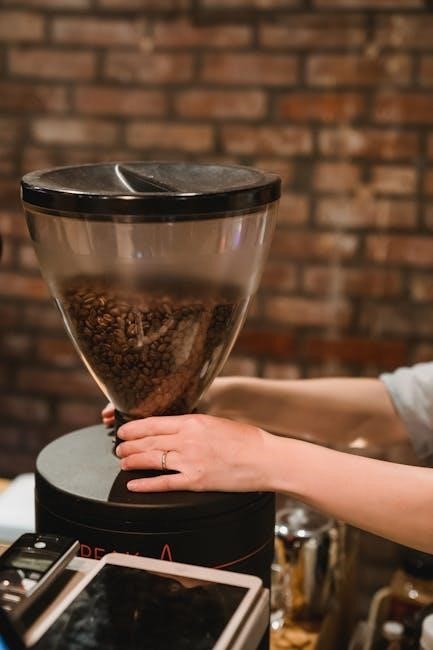
Ensure the machine is completely rinsed after descaling to remove any residual descaling solution, which could affect the taste of your coffee․ Regular descaling, when prompted by the machine, ensures optimal performance and extends the lifespan of your Krups espresso machine․
Troubleshooting Common Issues
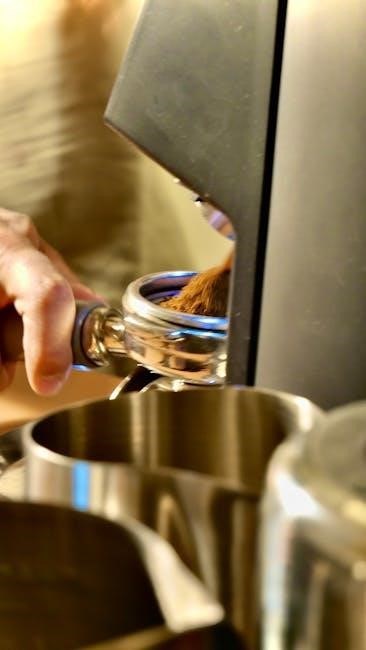
Encountering issues with your Krups espresso machine? Let’s troubleshoot some common problems․ If no water is dispensing, ensure the tank is filled and properly installed․ A blocked filter, often due to finely ground coffee, can also prevent water flow; clean the filter holder and try a coarser grind․ The pump might need priming, so refer to your manual for instructions․ If the appliance has scaled up, descaling is necessary․
For slow coffee dispensing, remove the water filter (if applicable) or adjust the grind to a coarser setting․ Run several rinsing cycles to clear any blockages․ If the coffee is weak, check the coffee bean container and avoid oily or flavored beans․ Adjust the grind fineness for a stronger brew; If coffee isn’t hot enough, increase the temperature setting and preheat your cups with hot water․
If steam isn’t coming out, ensure the nozzle isn’t blocked; clean it with the provided needle․ If water or coffee leaks, empty and reposition the drip tray․ Remember, the user manual provides detailed solutions specific to your model․
Water Hardness and Filter Replacement
Understanding your water hardness is crucial for optimal Krups espresso machine performance․ Krups machines are often factory calibrated for a water hardness level of 3, but recalibration based on your local water is recommended․ Use the provided test strips to determine your water hardness (ranging from very soft to very hard) and adjust your machine settings accordingly․ Contact your water provider or local town hall for water hardness information․
The Claris Aqua Filter cartridge plays a vital role in water quality․ It should be replaced approximately every 50 liters of water or at least every two months․ Depending on your model, the machine may automatically prompt you for replacement․ Always prime the new filter cartridge as instructed in the manual․
Using tap water with the Claris Aqua Filter System cartridge or bottled water with a dry residue of less than 800 mg/L (see bottle label) is recommended for the best coffee flavor and to minimize scaling․ Regular filter replacement ensures consistent water quality and protects your machine from limescale buildup․
Advanced Features and Customization
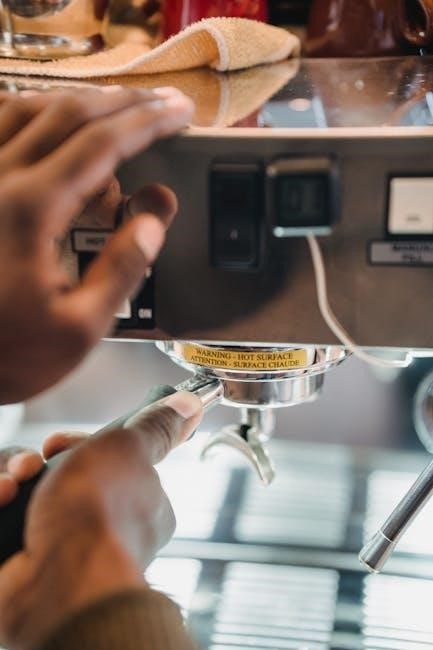
Krups espresso machines often come equipped with advanced features that allow for a tailored coffee experience․ One key area for customization is the coffee grinding process․ Adjust the fineness of the ground coffee using the adjustment knob located in the coffee bean container․ This setting can impact the strength and flavor of your espresso; experiment to find your preferred grind․
Many models also offer temperature settings, allowing you to control the heat of your coffee․ Adjust the temperature to your liking, keeping in mind that hotter temperatures can extract more bitterness․ Some machines have a “2 cups” function, which can be used to brew a single, stronger espresso in two cycles․
Explore any programmable settings your machine may have, such as water hardness level and automatic cleaning cycles․ By understanding and utilizing these advanced features, you can fine-tune your Krups espresso machine to create the perfect cup of coffee every time․ Refer to your specific model’s manual for detailed instructions on accessing and adjusting these settings․
 2023 hyundai santa fe manual
2023 hyundai santa fe manual 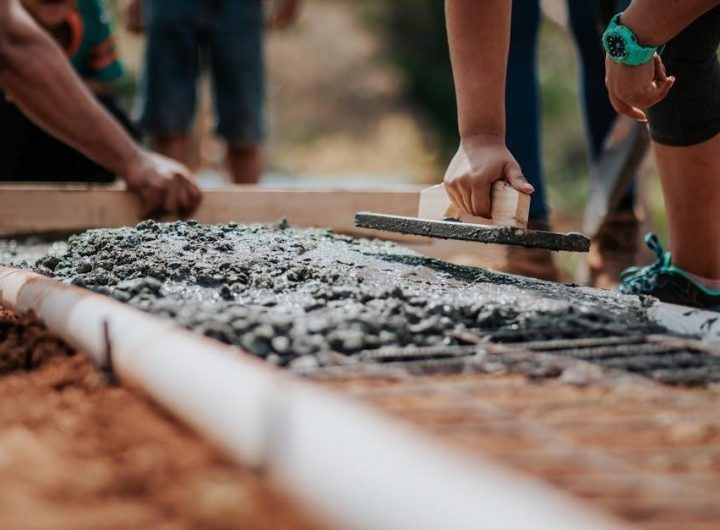 orbit 57899 manual
orbit 57899 manual  ipod shuffle instruction manual
ipod shuffle instruction manual  yamaha rx-v6a manual
yamaha rx-v6a manual  citi program quiz answers pdf
citi program quiz answers pdf  dsc impassa user guide
dsc impassa user guide  upper back stretches pdf
upper back stretches pdf